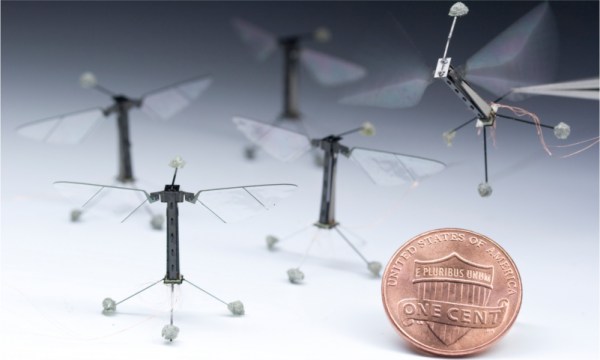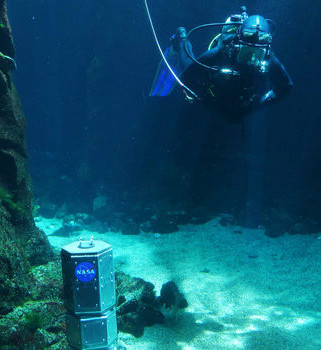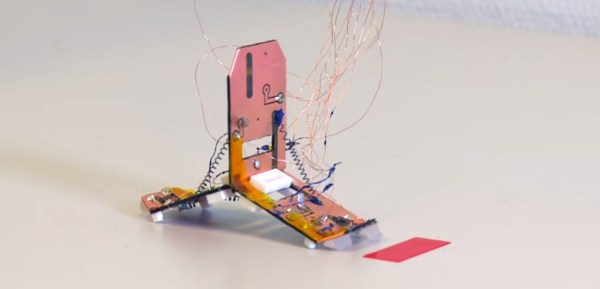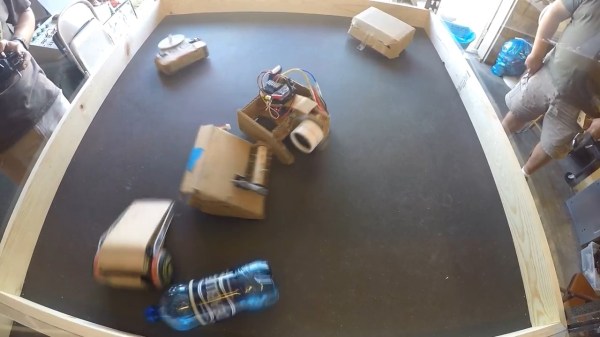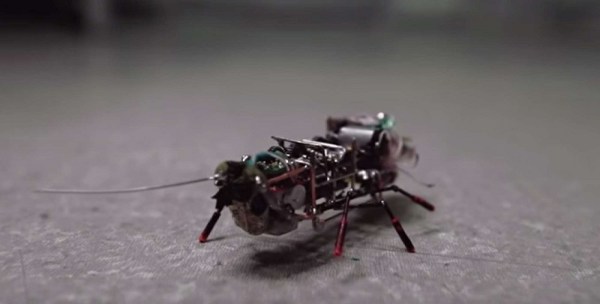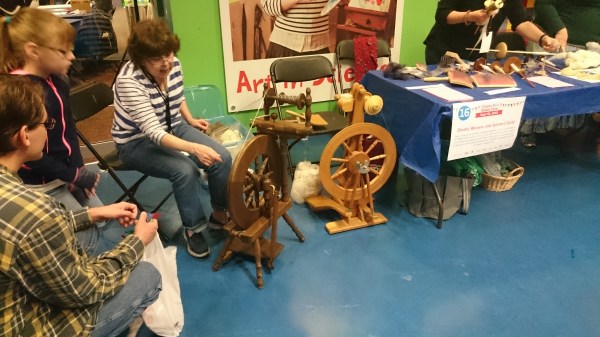What do you call tiny flying robots that undoubtedly emit a buzzing noise as they pass by? Mosquitoes are universally hated, as are wasps, so the logical name is RoboBees.
The Wyss Institute for Biologically Inspired Engineering at Harvard University has been cooking up these extremely impressive tiny robots in their Microrobotics lab. The swarms use piezoelectric actuators to produce the mechanical force to drive the wings, which can be independently controlled.This isn’t the first time we’ve looked in on the Robobees, but the most recent news revealed the ability to swim, and dive (term used generously) into water.
This may not sound like much, but previously the robots lacked the ability to break the surface tension of water. To sink, the wings need a coating of surfactant. Once submerged, the bots lack the ability to transition back from water to air. But we won’t be surprised to see that ability added as a feature while the scope of the project continues to creep. So yes, you can jump into water to escape bees but not to escape Robobees.
Diving isn’t the only wonder to behold. The ‘head’ of the RoboBee is utterly fascinating. It’s constructed by folding the PCB into a pyramid like structure, 4 sides of the head include a photo-transistor covered by a diffused lens which the bot uses for self positioning by sensing changes between the bright light of the sky and absence thereof below the horizon. This concept is taken directly from biological self-righting systems found on the head of most insects, however Harvard’s version has one more sensor than the stock 3 seen on insects. Take that, nature!
Continue reading “Harvard’s Microrobotic Lab Sinks RoboBees And Claims It Was On Purpose”

